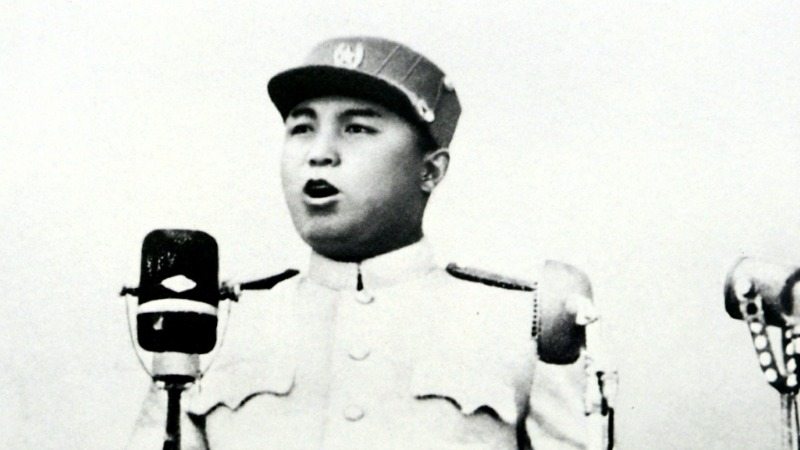Kim Il-Sung
Episode #8 of the course Deadliest dictators in history
Kim Il-Sung (1912–1994), born Kim Sung-Ju, was the supreme leader of the Democratic People’s Republic of Korea, known as North Korea. He ruled over 40 years, enacting oppressive policies that caused the deaths of approximately 25 million people through forced labor, executions, and starvation.
Controversy surrounds Sung’s origins. His official history claims he was born in 1912 and raised in a poor Presbyterian family that fled to Manchuria in 1920 to escape the Japanese invasion. Sung attended a Chinese military academy, where he learned about communism.
Sung joined the Communist party, becoming active in anti-imperialist, anti-capitalist, and anti-Japanese bombings, raids, and revolutionary acts. He spent the 1940s as a guerilla leader, becoming a major in the Soviet Red Army and serving until the end of WWII in 1945. In 1948, Sung returned to Korea after 26 years of living abroad. He was given a crash-course in Korean language and culture and was instituted as prime minister.
Sung established the Korean People’s Army and spent the following years consolidating power into the Worker’s Party of Korea. By 1949, Sung was calling himself “The Great Leader” and “The Sun of the Nation,” erecting statues and memorials in his honor.

Kim Il-sung’s poster
Credit: https://www.flickr.com/photos/yeowatzup/2921982778/
Sung ordered an invasion of South Korea in 1950 in an attempt to reunite the peninsula under one communist government. The US supported South Korea, and the fighting lasted three years. According to CNN, the Korean War saw the deaths of over 2.5 million people—soldiers and civilians from North and South Korea as well as Chinese and US military. North Korea may have “won” the right to remain communist, but there were no winners.
Sung instituted “Total Control Zones” throughout the country, dividing people into classes based on loyalty to the state: core, wavering, or dissident. Reporting dissidents was encouraged. People in North Korea commonly disappear without warning, never reappearing. Friends and family never know what happened.
In 1972, a new constitution was enacted, making Kim Il-Sung the president of North Korea. He named his son as his successor in 1980. Although Kim Il-Sung died of a heart attack at age 82 in 1994, he remains the country’s president, the general secretary of the Worker’s Party of Korea, and chairman of the Party Central Military Commission. Sung’s embalmed body is displayed in a multi-million-dollar memorial at the Kumsusan Memorial Palace as the country’s “Eternal President.”

This 1975 photo shows Norodom Sihanouk, Cambodia’s head of state in exile, meeting with then-North Korean President Kim Il.
Credit: Getty Images
Kim Il-Sung is revered throughout North Korea as the “Founding Father.” He is a larger-than-life legendary savior and warrior, protector of a country under constant attack. Given credit for repelling the imperialist Americans, Sung is praised for “uniting” his people under a strong government.

Kim greets visiting Romanian President Nicolae Ceaușescu in Pyongyang, 1971.
Credit: http://fototeca.iiccr.ro/
North Korea remains on the Human Rights Watch List as one of the world’s most oppressive countries. It is estimated that, at times over the last 50 years, as much as 30% of North Korea’s population has been in mortal danger—from starvation, extermination, or forced labor. Today, nearly half of the 25 million people in North Korea live in “extreme poverty.”
It is illegal for North Korean citizens to oppose their government. There is no public media. The government operates secret prison camps where torture and abuse is commonplace. Ultimately, it may be impossible to ever accurately know the death toll that can be attributed to Kim Il-Sung.

First family. Kim Il-sung with his first wife Kim Jong-suk and his son Kim Jong-il.
Credit: Reuters
Recommended books
Share with friends

